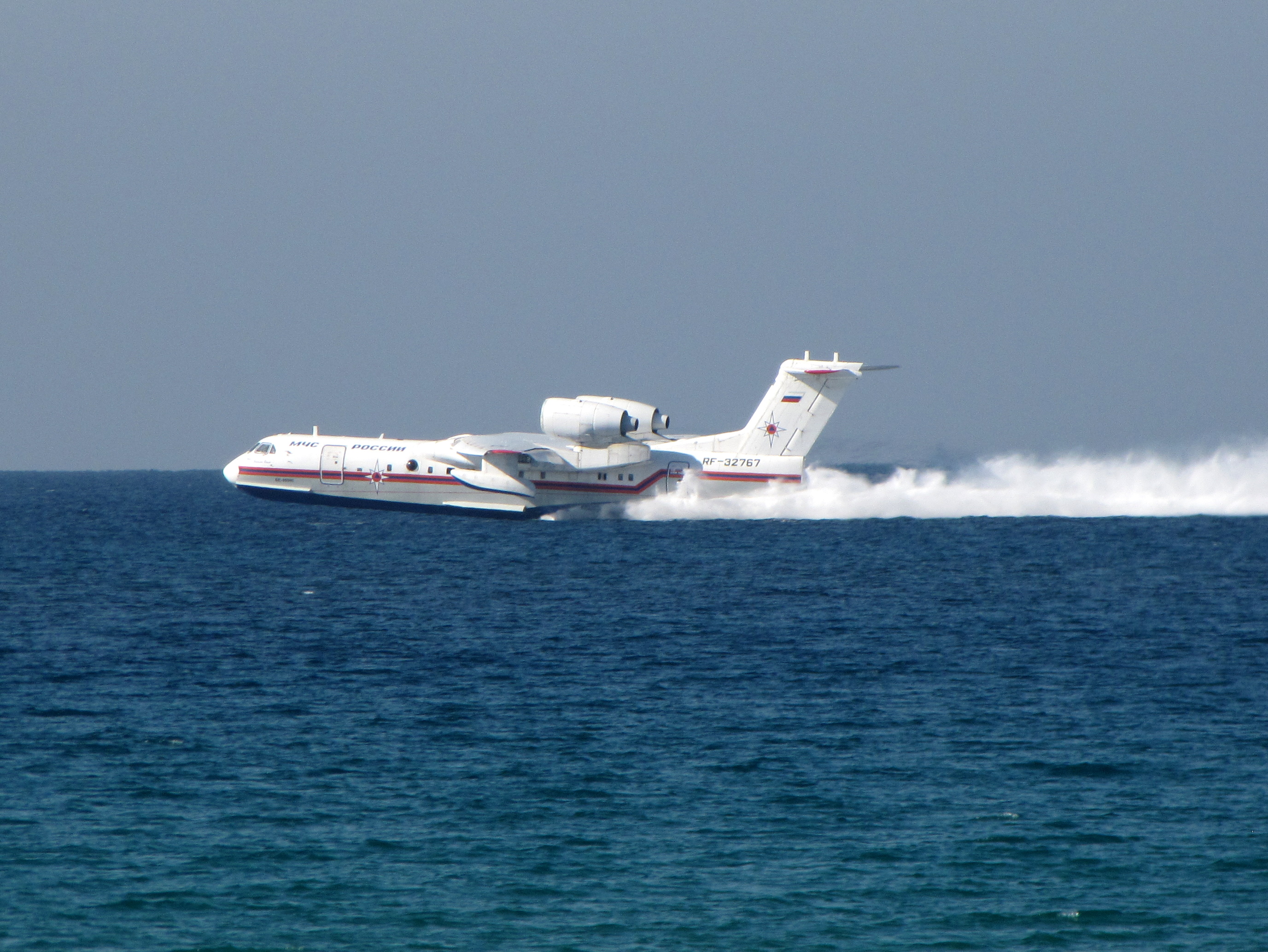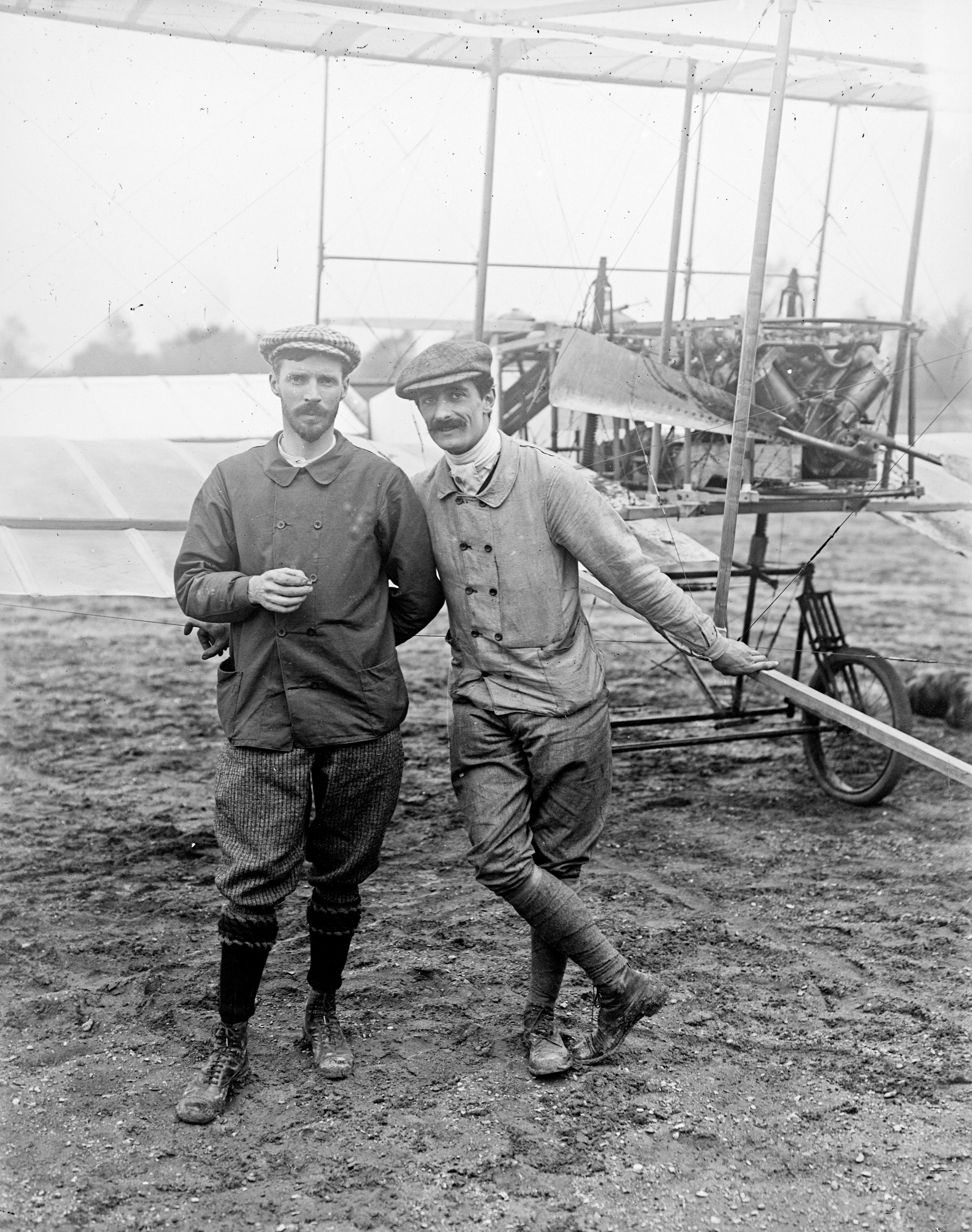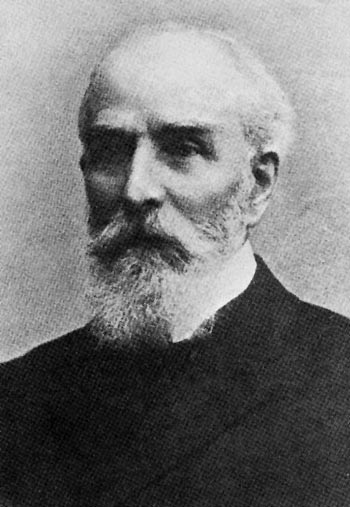|
Seaplane
A seaplane is a powered fixed-wing aircraft capable of taking off and landing (alighting) on water.Gunston, "The Cambridge Aerospace Dictionary", 2009. Seaplanes are usually divided into two categories based on their technological characteristics: floatplanes and flying boats; the latter are generally far larger and can carry far more. Seaplanes that can also take off and land on airfields are in a subclass called amphibious aircraft, or amphibians. Seaplanes were sometimes called ''hydroplanes'', but currently this term applies instead to motor-powered watercraft that use the technique of hydrodynamic lift to skim the surface of water when running at speed. The use of seaplanes gradually tapered off after World War II, partially because of the investments in airports during the war but mainly because landplanes were less constrained by weather conditions that could result in sea states being too high to operate seaplanes while landplanes could continue to operate. In t ... [...More Info...] [...Related Items...] OR: [Wikipedia] [Google] [Baidu] |
Beriev Be-200
The Beriev Be-200 ''Altair'' (russian: Бериев Бе-200) is a utility amphibious aircraft designed and built by the Beriev Aircraft Company. Marketed as being designed for fire fighting, search and rescue, maritime patrol, cargo, and passenger transportation, it has a capacity of of water, or up to 72 passengers. The name ''Altair'' was chosen after a competition amongst Beriev and Irkut staff in —2003, as a reference to the name of the alpha star in the Eagle constellation and because: "Al" is the first part of the name of the Beriev A-40 ''Albatross'' amphibious aircraft, whose layout was the development basis for the creation of the Be-200; "ta" stands for Taganrog; and "ir" stands for Irkutsk. Development Initiated in 1989 under the design leadership of Alexander Yavkin, to meet a perceived need for a civilian flying boat smaller than Beriev's military A-40, the Be-200 shares a similar layout to the A-40 but is about half the weight. Russian government a ... [...More Info...] [...Related Items...] OR: [Wikipedia] [Google] [Baidu] |
Dornier Seastar
The Dornier Seastar is a turboprop-powered amphibious aircraft built largely of composite materials. Developed by of Germany, it first flew in 1984. The design is owned by Claudius Jr's son, Conrado, who founded Dornier Seawings AG (now Dornier Seawings) to continue work on the project after two previous firms, Claudius Dornier Aircraft and Dornier Composite Aircraft, both went into bankruptcy. Development of the aircraft was put on hold without any production Seastars being completed in 1991. Multiple attempts to put the Seastar into production, often as a joint venture with other aerospace companies, were made throughout the 1990s and early 2000s. However securing the necessary financing to proceed to the manufacturing phase proved challenging. After several false starts, in October 2009, Dornier Seawings announced that it was formally launching manufacturing of the type, although no aircraft were actually built. In November 2018 the company received US$170 million in funding ... [...More Info...] [...Related Items...] OR: [Wikipedia] [Google] [Baidu] |
Flying Boat
A flying boat is a type of fixed-winged seaplane with a hull, allowing it to land on water. It differs from a floatplane in that a flying boat's fuselage is purpose-designed for floatation and contains a hull, while floatplanes rely on fuselage-mounted floats for buoyancy. Though the fuselage provides buoyancy, flying boats may also utilize under-wing floats or wing-like projections (called sponsons) extending from the fuselage for additional stability. Flying boats often lack landing gear which would allow them to land on the ground, though many modern designs are convertible amphibious aircraft which may switch between landing gear and flotation mode for water or ground takeoff and landing. Ascending into common use during the First World War, flying boats rapidly grew in both scale and capability during the interwar period, during which time numerous operators found commercial success with the type. Flying boats were some of the largest aircraft of the first half of the 2 ... [...More Info...] [...Related Items...] OR: [Wikipedia] [Google] [Baidu] |
Fixed-wing Aircraft
A fixed-wing aircraft is a heavier-than-air flying machine, such as an airplane, which is capable of flight using wings that generate lift caused by the aircraft's forward airspeed and the shape of the wings. Fixed-wing aircraft are distinct from rotary-wing aircraft (in which the wings form a rotor mounted on a spinning shaft or "mast"), and ornithopters (in which the wings flap in a manner similar to that of a bird). The wings of a fixed-wing aircraft are not necessarily rigid; kites, hang gliders, variable-sweep wing aircraft and airplanes that use wing morphing are all examples of fixed-wing aircraft. Gliding fixed-wing aircraft, including free-flying gliders of various kinds and tethered kites, can use moving air to gain altitude. Powered fixed-wing aircraft (airplanes) that gain forward thrust from an engine include powered paragliders, powered hang gliders and some ground effect vehicles. Most fixed-wing aircraft are flown by a pilot on board the craf ... [...More Info...] [...Related Items...] OR: [Wikipedia] [Google] [Baidu] |
Water Landing
In aviation, a water landing is, in the broadest sense, an aircraft landing on a body of water. Seaplanes, such as floatplanes and flying boats, land on water as a normal operation. Ditching is a controlled emergency landing on the water surface in an aircraft not designed for the purpose, a very rare occurrence. Controlled flight into the surface and uncontrolled flight ending in a body of water (including a runway excursion into water) are generally not considered water landings or ditching. Aircraft water landings By design Seaplanes, flying boats, and amphibious aircraft are designed to take off and alight on water. Alighting can be supported by a hull-shaped fuselage and/or pontoons. The availability of a long effective runway was historically important on lifting size restrictions on aircraft, and their freedom from constructed strips remains useful for transportation to lakes and other remote areas. The ability to loiter on water is also important for marine res ... [...More Info...] [...Related Items...] OR: [Wikipedia] [Google] [Baidu] |
Floatplane
A floatplane is a type of seaplane with one or more slender floats mounted under the fuselage to provide buoyancy. By contrast, a flying boat uses its fuselage for buoyancy. Either type of seaplane may also have landing gear suitable for land, making the vehicle an amphibious aircraft. British usage is to call "floatplanes" "seaplanes" rather than use the term "seaplane" to refer to both floatplanes and flying boats. Use Since World War II and the advent of helicopters, advanced aircraft carriers and land-based aircraft, military seaplanes have stopped being used. This, coupled with the increased availability of civilian airstrips, have greatly reduced the number of flying boats being built. However, numerous modern civilian aircraft have floatplane variants, most of these are offered as third-party modifications under a supplemental type certificate (STC), although there are several aircraft manufacturers that build floatplanes from scratch. These floatplanes have found thei ... [...More Info...] [...Related Items...] OR: [Wikipedia] [Google] [Baidu] |
Cessna Caravan
The Cessna 208 Caravan is a utility aircraft produced by Cessna. The project was commenced on November 20, 1981, and the prototype first flew on December 9, 1982. The production model was certified by the FAA in October 1984 and its Cargomaster freighter variant was developed for FedEx. The longer 208B Super Cargomaster first flew in 1986 and was developed into the passenger 208B Grand Caravan. The strutted, high wing 208 typically seats nine passengers in its unpressurized cabin, is powered by a single Pratt & Whitney Canada PT6A tractor turboprop and has a fixed tricycle landing gear, floats, or skis. As of November 2017, 2,600 had been delivered and 20 million flight hours logged. Caravans have been used for flight training, commuter airlines, VIP transport, air cargo, and humanitarian missions. Development On November 20, 1981, the project was given a go-ahead by Cessna for its Pawnee engineering facility. John Berwick, chief engineer at Pawnee, conceive ... [...More Info...] [...Related Items...] OR: [Wikipedia] [Google] [Baidu] |
Kress Drachenflieger
__NOTOC__ The Kress ''Drachenflieger'' (German: "Dragon-flier") was an experimental aircraft constructed in Austria-Hungary in 1901. While taxiing trials proved successful, the aircraft lacked sufficient power to fly, and was wrecked in the course of testing on 3 October. It was built by Wilhelm Kress with the assistance of a 5,000- krone grant from Emperor Franz JosefGregorat 2007 in an attempt to create the first heavier-than-air flying machine. The aircraft was constructed as a large, open-truss structure of steel tubing with three sets of wire-braced monoplane wings placed in tandem along its length. The sets of wings were placed at uneven heights with respect to the major axis of the aircraft to prevent aerodynamic interference between them.''Scientific American'' 137 The undercarriage consisted of two aluminium pontoons with hardened keels, intended to allow the Drachenflieger to take off from and land on water or ice. Three rudders were linked to a common control stick and ... [...More Info...] [...Related Items...] OR: [Wikipedia] [Google] [Baidu] |
Gabriel Voisin
Gabriel Voisin (5 February 1880 – 25 December 1973) was a French aviation pioneer and the creator of Europe's first manned, engine-powered, heavier-than-air aircraft capable of a sustained (1 km), circular, controlled flight, which was made by Henry Farman on 13 January 1908 near Paris, France. During World War I the company founded by Voisin became a major producer of military aircraft, notably the Voisin III. Subsequently, he switched to the design and production of luxury automobiles under the name Avions Voisin. Early life Gabriel Voisin was born on 5 February 1880 in Belleville-sur-Saône, France, and his brother Charles Voisin, two years younger than him, was his main childhood companion. When his father abandoned the family his mother, Amélie, took her sons to Neuville-sur-Saône, where they settled near her father's factory. Their grandfather, Charles Forestier, took charge of the boys' education with military rigor. The boys also went for expeditions along th ... [...More Info...] [...Related Items...] OR: [Wikipedia] [Google] [Baidu] |
Amphibious Aircraft
An amphibious aircraft or amphibian is an aircraft (typically fixed-wing) that can take off and land on both solid ground and water, though amphibious helicopters do exist as well. Fixed-wing amphibious aircraft are seaplanes ( flying boats and floatplanes) which are equipped with retractable wheels, at the expense of extra weight and complexity, plus diminished range and fuel economy compared to planes designed specifically for land-only or water-only operation. Some amphibians are fitted with reinforced keels which act as skis, allowing them to land on snow or ice with their wheels up. Design Floatplanes often have floats that are interchangeable with wheeled landing gear (thereby producing a conventional land-based aircraft). However, in cases where this is not practical, amphibious floatplanes, such as the amphibious version of the DHC Otter, incorporate retractable wheels within their floats. Many amphibian aircraft are of the flying boat type. These aircraft, a ... [...More Info...] [...Related Items...] OR: [Wikipedia] [Google] [Baidu] |
ShinMaywa US-2
The ShinMaywa US-2 is a large Japanese short takeoff and landing amphibious aircraft developed and manufactured by seaplane specialist ShinMaywa (formerly ''Shin Meiwa''). It was developed from the earlier Shin Meiwa US-1A seaplane, which was introduced during the 1970s. The ShinMaywa US-2 was developed on behalf of the Japan Maritime Self-Defense Force (JMSDF) as a 'like-for-like' replacement for its aging US-1A fleet. In Japanese service, it is operated in the air-sea rescue (ASR) role. The US-2 can also be used in other capacities, such as an aerial fire fighter, carrying 15 tonnes of water for this mission. Various overseas operators have held discussions on potential acquisitions of the type, including the Indian Navy and Indian Coast Guard. Other countries such as the United States, Indonesia, Thailand, and Greece have also shown interest in the US-2 for various purposes. Design and development During 1969, the Japan Maritime Self-Defense Force (JMSDF) issued a produ ... [...More Info...] [...Related Items...] OR: [Wikipedia] [Google] [Baidu] |
Wilhelm Kress
Wilhelm Kress (29 July 1836 in Saint Petersburg – 24 February 1913 in Vienna) Born of German (Bavarian) parents in St. Petersburg in 1836. Moved to Vienna in 1873, where his self-propelled flying models attracted much attention. He became a naturalized Austrian. Life Kress came to Vienna in 1873, where he developed the first modern delta-flying hang glider in 1877. This hang-glider was a major achievement for the time, when many engineers still struggled with the development of "heavier-than-air" non-powered aircraft. He also displayed rubber band powered flying models called the 'Aeroveloce' in 1877 and 1880. During the turn of the century he was one of the world-wide contestants for the creation of a break-through powered airplane. In 1900 he developed the control stick for aircraft, but did not apply for a patent (instead, a patent was awarded to the French aviator, Robert Esnault-Pelterie who applied for it in 1907). Kress' aircraft, the Drachenflieger, was constructe ... [...More Info...] [...Related Items...] OR: [Wikipedia] [Google] [Baidu] |





.jpg)
.jpg)
.jpg)

.jpg)
